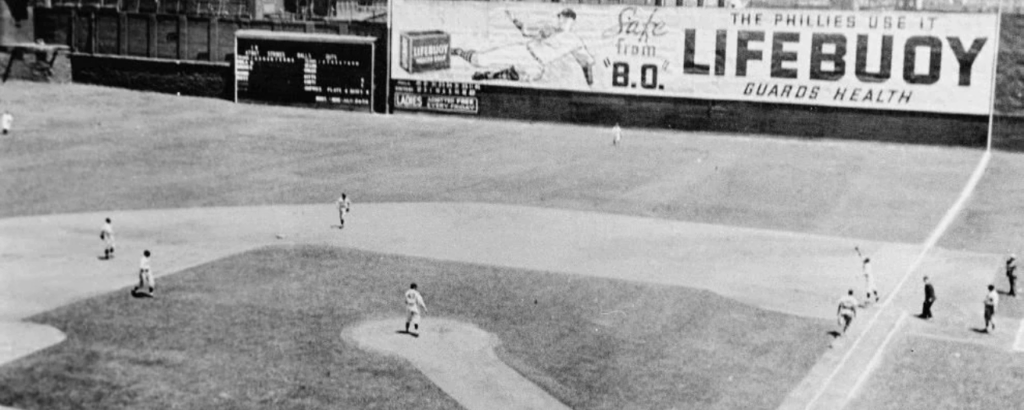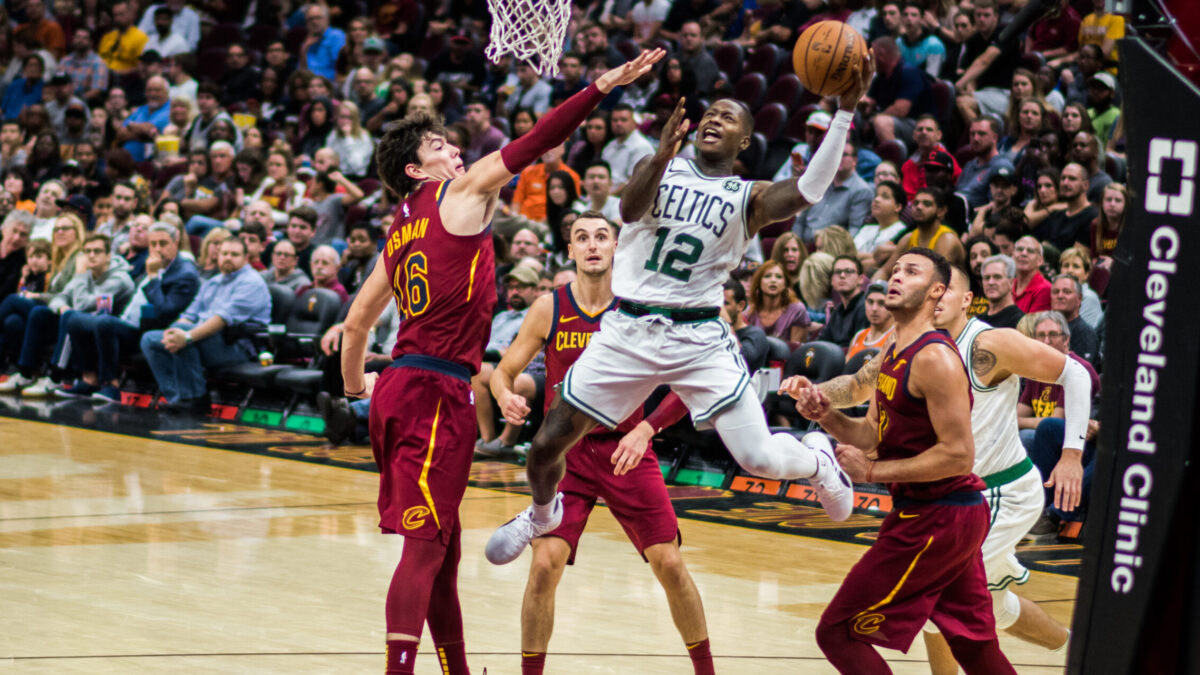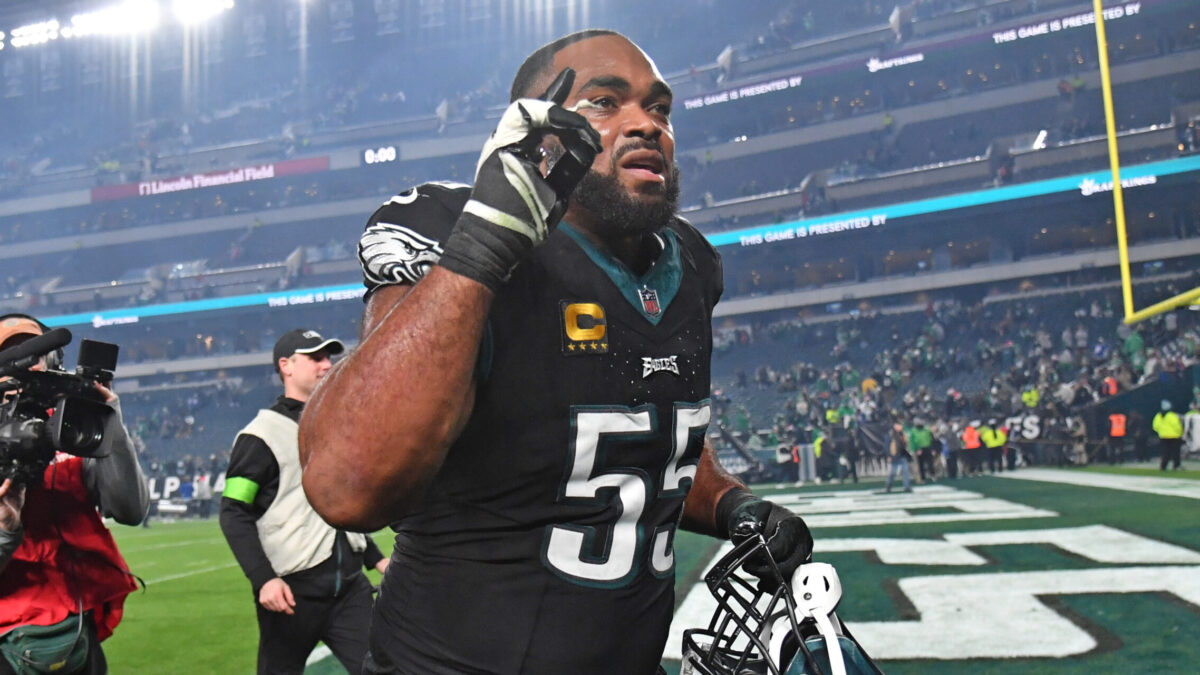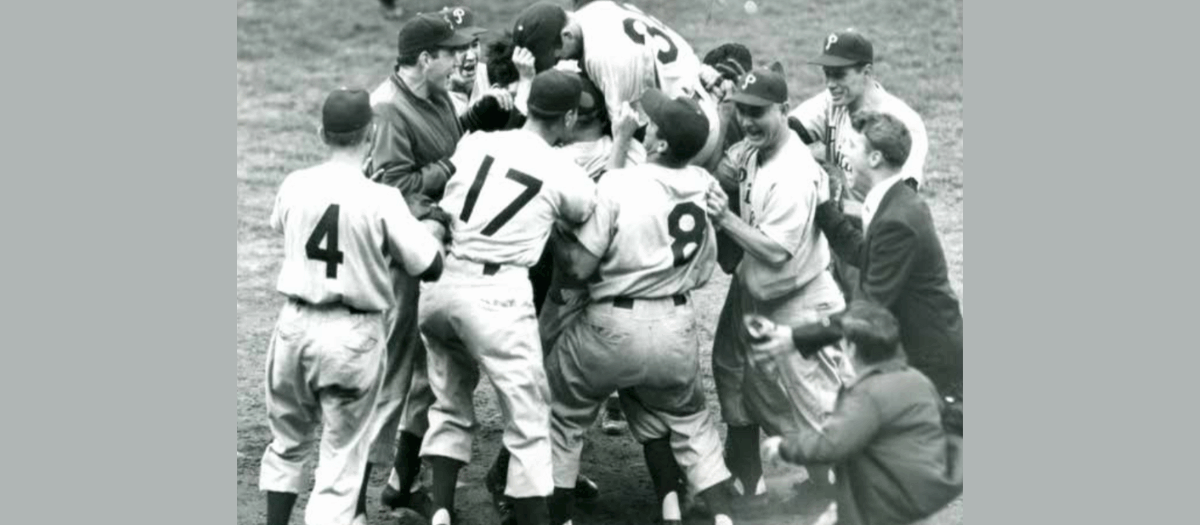Old-time baseball in ‘the dump on the hump’
Some wag wrote a history of the Philadelphia Phillies entitled “One Hundred Years in the Cellar.” For long suffering, older Philly baseball fans that line only seemed too real.
For current Phillies fans, things look much brighter but as the city celebrates the success of the 2025 Phillies pennant and hope for an eventual World Championship along with a parade down Broad Street, it is worth looking back at one of the strangest, most bizarre Phillies squads in the team’s checkered history: the 1930 Phillies.
Like most two-team baseball towns in those days, fans chose a favorite and the Phillies were the city’s lovable losers. That was true when I grew up after World War II. I was a Phillies fan and had no time for the Connie Macks A’s with their silly White Elephant on their uniforms despite the fact the 1947-49 A’s had a better record than my Phils. The same divided loyalty was true for my circle of friends with the Phils holding a small edge in baseball loyalty. In my family, my grandfather was an A’s fan while the uncle who raised me was a loyal Phillies supporter and passed that tradition to me.
In City of Brotherly Love, the Phils were the poor relations to Connie Mack’s last great A’s dynasty. The A’s were coming off a World Series championship in 1929 and would win a second one in 1930.
The Phillies, on the other hand, were coming off twelve consecutive last-place finishes. While the A’s played in the then-stately Shibe Park, the Phils’ home ballpark at the corner of Broad and Lehigh, the Baker Bowl, had fallen on hard times. Built in the 1890s and one of the first modern ballparks, by the 1920s was in a desperate need of repair. Its bathrooms were notorious and called bogs by fans who tried to avoid them. The ballpark held just 18,000 fans, the smallest in baseball. The stands had collapsed twice, most recently in 1927, killing one person and injuring another 50 while causing a stampede of fans from the bleachers.
Baker Bowl was widely known by Philly fans as “the dump on the hump” because the Broad Street train tunnel which ran under centerfield raised the ground slightly. The dimensions were bizarre: left field was 341 feet; center 408 while right field was only 279 down the foul line but with a 60-foot-high fence — for comparison that is ten feet higher than Boston’s infamous Green Monster. The fence was covered in tin that was rapidly rotting away. Fans made a joke about the park’s ground rules: balls over the fence were home runs but those that went through the fence were ground rule doubles. Actually, none ever went through but often right fielders were showered with rust when a ball hit the fence.
Because of the ballpark’s conditions and the terrible play of the Phils, Baker Bowl and the Phils were butt of jokes. An advertisement on the leftfield fence read: “The Phils Use Lifebuoy” to which fans said “yes, and they still stink.” The great sportswriter Red Smith, then writing a column for the Philadelphia Record, was quoted as describing Baker Bowl as “that quaint little Philadelphia slum.”
But the 1930 season saw something unique in baseball history. The Phillies’ record was 52-102 which buried them in the cellar while drawing the fewest fans in the National League. But the Phillies did something that will probably never be seen again, putting up offensive numbers that defied reality. The Phils hit .315 as a team while scoring 944 runs. (For comparison, this season’s Phillies team batting average is .260 while they have scored 780 runs).
The starting lineup had five.300 hitters including two future Hall of Famers, Lefty O’Doul and Chuck Klein, who both hit .380. Klein also set a National League record 107 extra base hits, a figure later tied by Barry Bonds. Klein, a notorious drinker – he later owned a bar in Philadelphia — set his record on booze, not steroids.
The question arises: how did they lose 102 games? Well, the pitching staff led by “Fidgety” Phil Collins and Lester Sweetland (usually called “Sweetland of Liberty” by fans) surrendered an incredible 1199 runs. For comparison the 2025 Phils staff gave up 648 runs this year. The Colorado Rockies, worst in baseball this year, gave up 1021. Only two pitchers on the 1930 staff struck out more batters than they walked. It was a team effort disaster.
So, sit back and enjoy this Phillies crew and give a thought to how Phillies fans suffered in the past.
John P. Rossi is retired Professor of History at La Salle University




